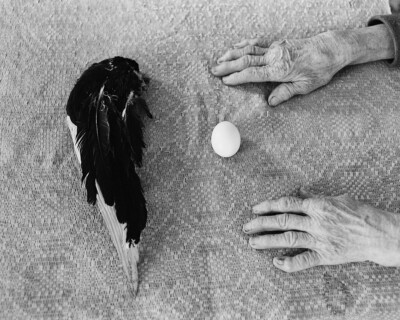The exhibition When the Sun Is Low – the Shadows Are Long, curated by Anna Karpenko, was developed in collaboration with the Arsenal Gallery, Białystok and the Goethe-Institut Warsaw. Russia’s war of aggression against Ukraine gives the presentations in Białystok and Leipzig a special urgency. It also underlines the importance of the idea behind the exhibition, which the curator describes as follows:
“The realm encompassed by Belarusian culture does not directly correspond with the geographical or political borders of Belarus. Over the centuries, it has manifested itself in an “ethic of the borderland”, as described by the Belarusian philosopher and poet Ihar Babkou. It is confined by two disparate empires, characterised by diplomatic agency in the West and aggressive power in the East. This location has entailed liminal identities, fluctuating between the “alien in the self” and the “self as alien”. These are forms of existence that do not necessarily seek out direct confrontation with oppressive structures. Rather, they tend to break away from the prevailing order and subjugation, slipping into the gaps created by this state of constant transition, where their way of thinking becomes anchored liminality.
The exhibition When The Sun Is Low – The Shadows Are Long links contemporary positions of Belarusian art with two historical references. It highlights the interplay between an interest in tradition, the archaic and cosmology on the one hand, and a striving towards a pure form of modernist avant-garde on the other. The works of twenty Belarusian artists reflect various forms of resistance against repressive systems, whether they be the appropriation of ritual practices, artistic expression through amateur cosmology or the invention of a new language or a game.
When the sun is low, it is unclear whether it is rising or going down.”
The exhibition was presented first at Galeria Arsenal, Białystok (Poland) from 01.04.-13.05.2022.
A project in collaboration with the Galeria Arsenał in Białystok, the Galerie für Zeitgenössische Kunst Leipzig and the Goethe-Institut Warsaw.
With the kind support of the Foundation for Polish-German Cooperation, Martin Roth-Initiative and the Embassy of the Kingdom of the Netherlands.
